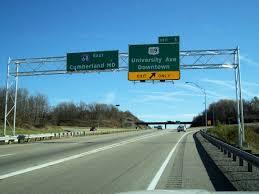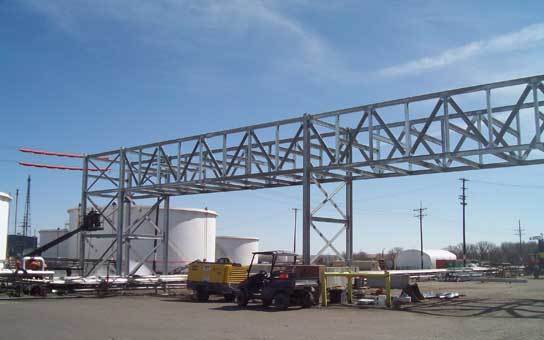delagina
Structural
- Sep 18, 2010
- 1,008
i design pipebridge (not an actual bridge see pic attached) from time to time and in all cases i had to use wide flange beam for bottom and top chord because of bending.
i'm confused because i see these sign supports all the time in freeway some even around 100' and angles are working fine.
can someone link me the analysis of these supports. are the bottom and top chord assumed as axial only because i cant see these angles passing if it were to take bending.

i'm confused because i see these sign supports all the time in freeway some even around 100' and angles are working fine.
can someone link me the analysis of these supports. are the bottom and top chord assumed as axial only because i cant see these angles passing if it were to take bending.




